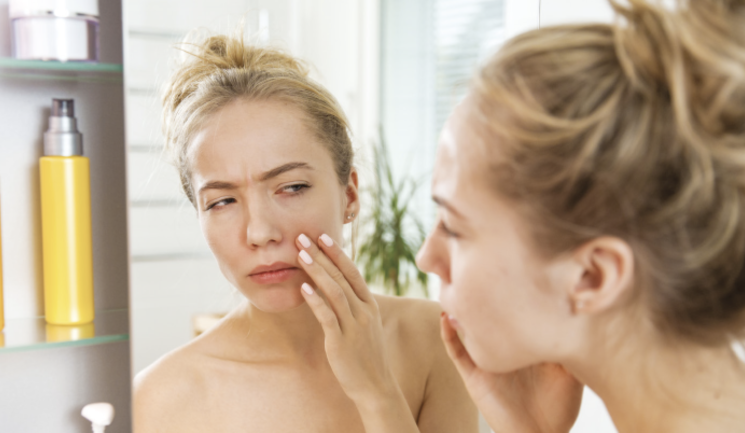Dermatology nurse practitioner Emma Coleman explores links between physiological stress pathways and the skin ageing processes
To access this post, you must purchase Aesthetics Journal Membership – Annual Elite Membership, Aesthetics Journal Membership – Annual Enhanced Membership or Aesthetics Journal Membership – Basic Membership.
log in
log in

